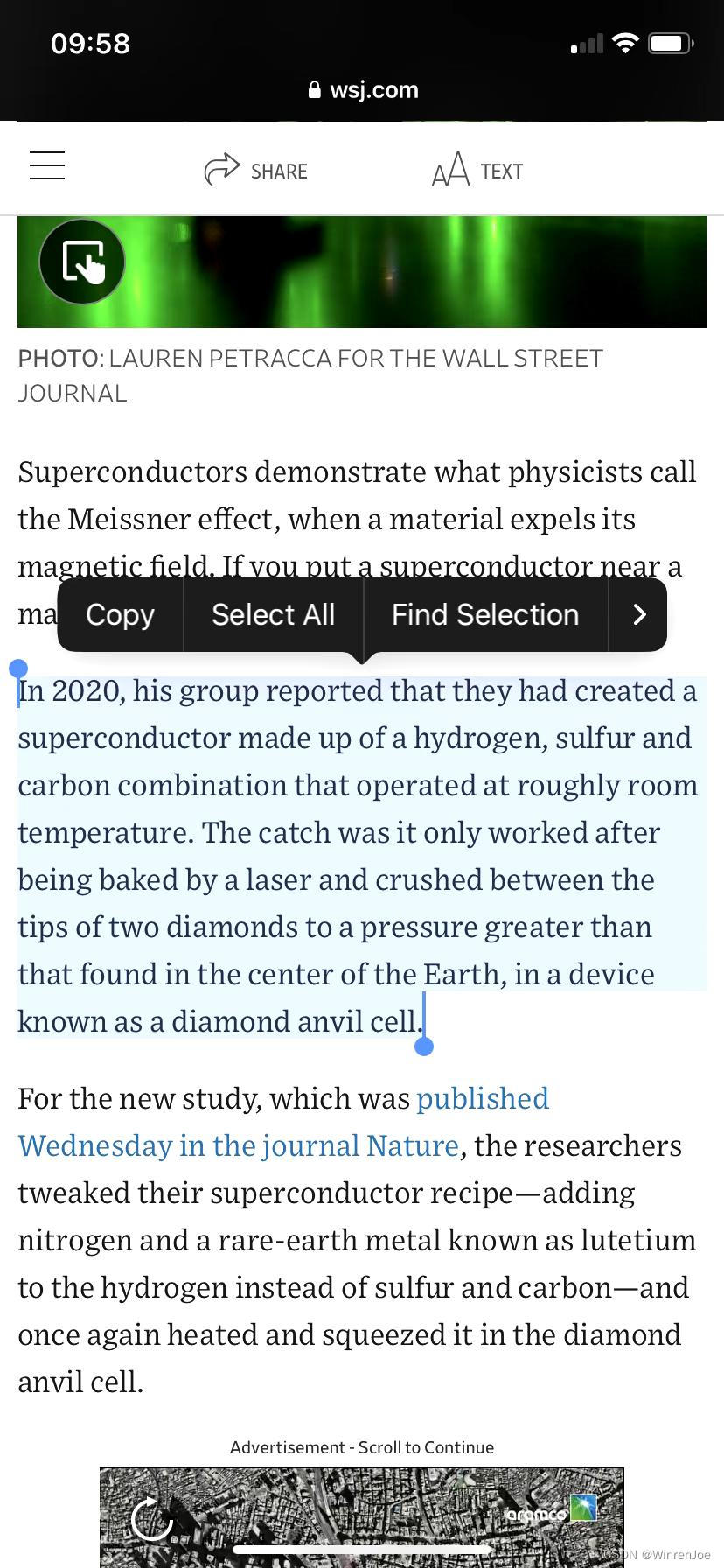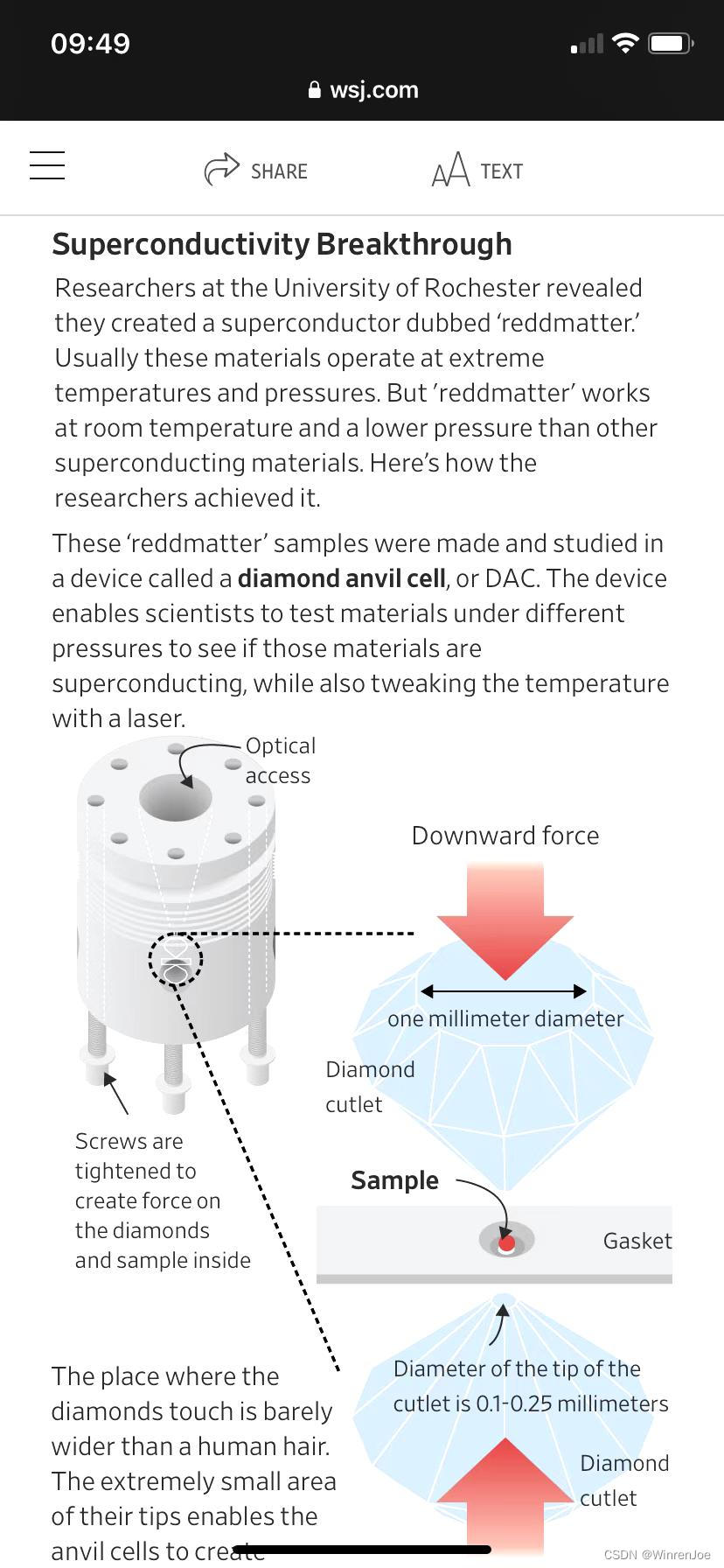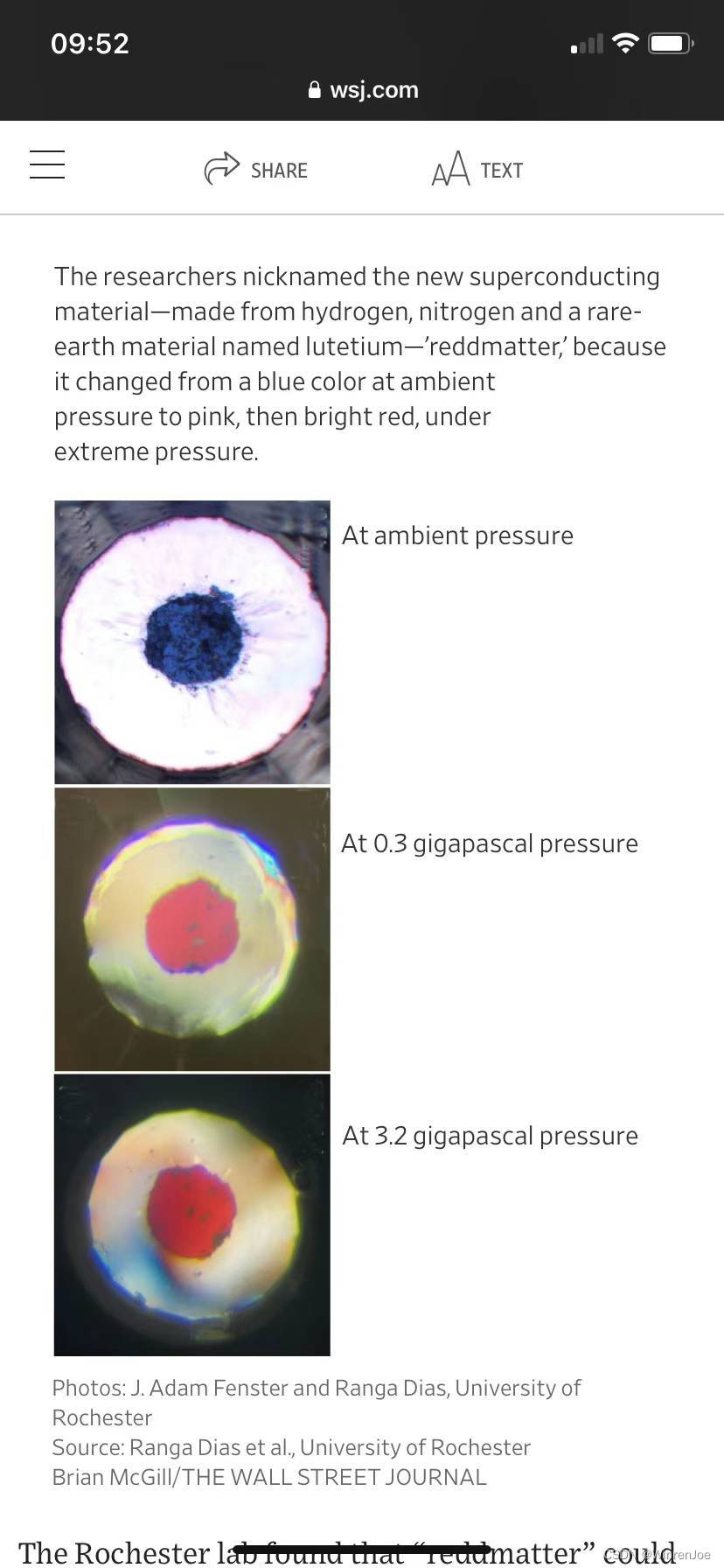Article directory
room temperature superconductivity
Recently, the report of the American Physical Society caused an uproar in the world. An Indian researcher discovered the room temperature superconducting material. Now most of the media at home and abroad are also following the trend of the report, but these reports ignore a very important point, which is the report. It’s not comprehensive, so let’s break it down for you:
1. What is superconductivity?
Superconductivity is the phenomenon in which certain materials avoid electrical resistance by conducting electrons below their critical temperature. Simply put, superconductivity is a phenomenon that allows electric current to pass without resistance.
The phenomenon of superconductivity in superconducting materials is due to the formation of electron pairs called "Cooper pairs" at low temperatures, which can conduct freely in the material without being hindered by the material's crystal lattice. When electrons in a material form such electron pairs, the resistance drops to zero and electric current can flow through the material without resistance.
Superconducting materials have a wide range of applications in power delivery, magnetic resonance imaging, quantum computing, and other fields. However, only a few materials can currently exhibit superconductivity due to the extremely low temperatures required and other constraints.
2. Specific conditions required for superconductivity
1. Low temperature conditions: All known superconducting materials need to be below their specific critical temperature to exhibit superconductivity. The critical temperature is the lowest temperature below which a material can exhibit superconductivity. For most superconducting materials, the critical temperature is below the boiling point of liquid nitrogen (77 K, about -196°C), so a cryogen of liquid nitrogen or lower is required to keep the material in a superconducting state.
2. Purity: Superconducting materials need to have a high degree of purity because impurities, defects, and irregularities in the crystal structure can disrupt the pairing of electron pairs and thereby destroy the superconducting state.
3. Electric field conditions: The electron pairs in a superconducting material need to avoid interacting with the electric field in the material, because the electric field will disrupt the pairing of electron pairs and thus destroy the superconducting state. Therefore, superconducting materials are usually superconducting coils or thin films, so that the distribution of the electric field in the material is uniform.
4. Magnetic Field Conditions: The response of superconducting materials to external magnetic fields is also very important. An external magnetic field can disrupt the pairing of electron pairs, thereby destroying the superconducting state. Therefore, superconducting materials often need to be tuned and operated under external magnetic fields.
3. Normal temperature superconductivity
The room-temperature superconductivity recently reported by the American Physical Society was made by the University of Rochester, and the Dias team at the University of Rochester announced that they had discovered a room-temperature superconductor at near-atmospheric pressure. This "room temperature superconductivity" is now reported to only emphasize room temperature and not high pressure. The latest research shows that after changing the material formula, the temperature rises by 10 degrees Fahrenheit to 69 degrees Fahrenheit (approximately 20-21 degrees Celsius), and the pressure is higher than before (previously it needs to exceed the pressure of the earth's core, the pressure of the earth's core: about 360 -400GPascal) is reduced to 1/1000th of the original, and now the required pressure is about 1/360 of the earth's core pressure, which is 1GPascal, which is about 9869 atmospheres! You hold 9869 atmospheres and tell people that you want an "industrial revolution"? ?
1 G P a = 1 × 1 0 9 P a 1GPa=1\times10^{9}Pa 1GPa=1×109 Pa
and a standard atmospheric pressure is 101325Pascal
1 atm = 1.01325 × 1 0 5 P a 1atm = 1.01325\times10^{5}Pa1atm=1.01325×105 Pa
, so the high pressure required for this so-called room temperature superconductivity is about:
1 × 1 0 9 1.01325 × 1 0 5 = 9869.23 atm \frac{1\times10^{9}}{1.01325\times10^{5}}= 9869.23 atm1.01325×1051×109=9869.23 at m
means that to achieve normal temperature superconductivity, you need a high pressure of about 9869 atmospheres ! This kind of high pressure is difficult to achieve!
Attach the original report



